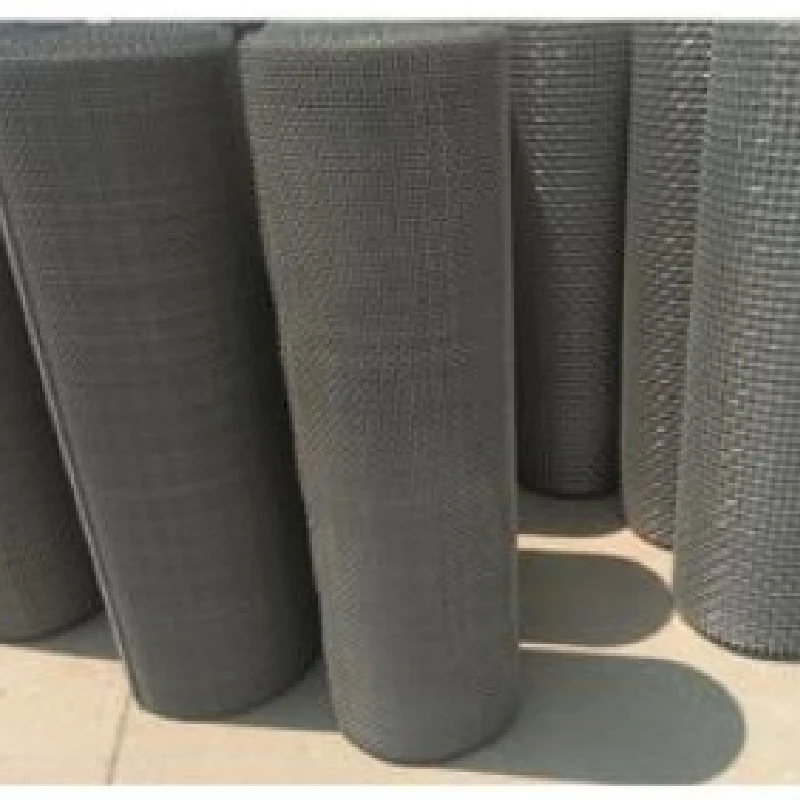Dec . 05, 2024 04:26 Back to list
Geogrid Reinforced Mesh Retaining Wall Design and Applications for Soil Stability
Understanding Geogrid Mesh Retaining Walls
Retaining walls are vital structures used in various civil engineering projects, providing essential support for soil and preventing erosion, landslides, and sediment displacement. Among the many innovations in retaining wall technology, geogrid mesh retaining walls have gained popularity due to their effectiveness, versatility, and sustainability. In this article, we will explore what geogrid mesh is, how it functions in retaining walls, and its advantages over traditional retaining wall methods.
What is Geogrid?
Geogrids are polymer-based materials typically made from high-density polyethylene (HDPE) or polypropylene. They are constructed in a grid-like structure with apertures or holes, allowing interlocking with surrounding soil or other materials. Geogrids are utilized in various civil engineering applications, including road construction, embankments, and retaining walls, owing to their ability to enhance the stability and load-bearing capacity of soil.
Functionality in Retaining Walls
In a geogrid mesh retaining wall, the geogrid acts as a reinforcing element that distributes the loads from the wall and the vertical pressures from the retained soil. This technology enhances the wall's structural integrity and allows for the construction of taller walls with less material compared to traditional methods. The interlocking nature of geogrids allows them to effectively stabilize soil by promoting friction and shear resistance, which prevents sliding and collapsing.
The construction process involves layering the geogrid within soil fills, often using granular materials that provide drainage and enhance overall wall performance. The layers facilitate the creation of a strong, reinforced mass that can hold back significant amounts of earth while standing resiliently against lateral forces.
Advantages of Geogrid Mesh Retaining Walls
1. Cost-Effectiveness One of the most significant advantages of geogrid mesh retaining walls is their cost efficiency. The materials are generally less expensive compared to traditional concrete or block retaining walls, and the reduced need for heavy machinery can substantially lower labor costs.
geogrid mesh retaining wall

2. Sustainability Geogrid walls are often perceived as more environmentally friendly. Since these structures can be built using locally available materials, transportation costs and carbon footprints are minimized. Additionally, the efficient design requires less concrete, which reduces the overall environmental impact.
3. Versatility Geogrids can be adapted for various applications, making them suitable for different terrains and project requirements. They can accommodate slopes, curves, and various soil conditions, providing high flexibility in design.
4. Drainage Properties Proper drainage is crucial for the longevity of any retaining wall. Geogrid mesh systems often integrate drainage solutions that prevent water accumulation behind the wall, reducing hydrostatic pressure and minimizing the risk of wall failure.
5. Easier Installation The installation of geogrid mesh retaining walls is typically faster and requires less specialized equipment. The ease of handling geogrid materials simplifies the construction process, allowing for faster project completion.
Challenges and Considerations
While geogrid mesh retaining walls offer numerous advantages, there are challenges that must be considered. Proper site analysis is critical to determine soil types and ensure the design is suitable for the specific location. Additionally, regular maintenance is necessary to monitor for any signs of distress or movement in the wall.
Conclusion
As the field of civil engineering continues to evolve, geogrid mesh retaining walls represent a significant advancement in retaining wall technology. Their cost-effectiveness, sustainability, and versatility make them a preferred choice for many engineers and construction professionals. With proper planning, design, and maintenance, these innovative structures provide reliable solutions for soil retention and erosion control, ultimately contributing to safer and more efficient civil infrastructure projects. As we embrace these modern techniques, the role of materials such as geogrids will undoubtedly become increasingly prominent in the landscape of construction and civil engineering.
-
Reinforcing Mesh: Core Material of the Construction Industry
NewsJul.07,2025
-
Welded Wire Fabric Reinvented for Modern Projects
NewsJul.04,2025
-
Superiority of Stainless Steel Woven Mesh
NewsJul.04,2025
-
Key Types of Razor Wire and Their Applications
NewsJul.04,2025
-
Durable Metal Fence Types for Security
NewsJul.04,2025
-
Best Materials for Livestock Fence
NewsJul.04,2025
products.







